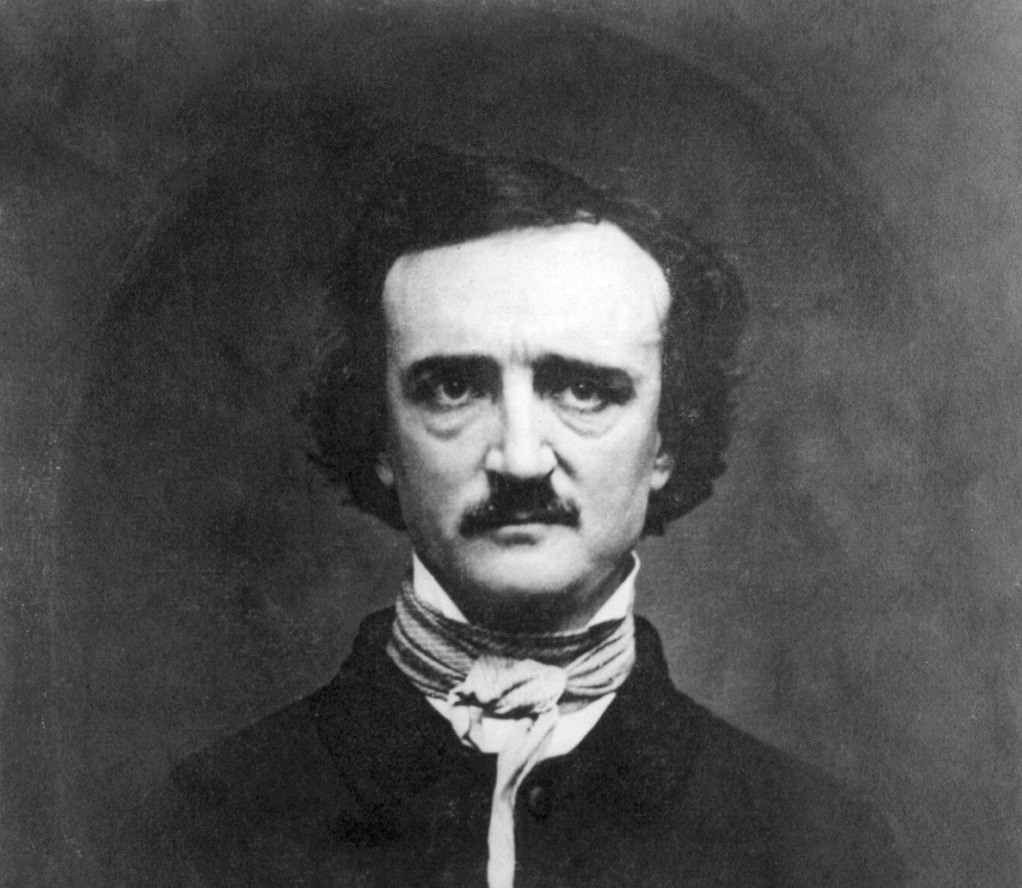Edgar Allan Poe was short-lived but he’s regarded as the influential poet critic and author, and his prophetic creation of Richard Parker.
However, one mystery persists around a frightening prophecy he seemed to have made in his only completed novel or was it an astonishing coincidence?
The Novel
Related article:- Ghosts of the Titanic – Paranormal incidents after Titanic tragedy
Often attributed with inventing the detective mystery genre and sowing the seeds of science fiction writing. In 1838 Edgar Allan Poe published the narrative of Arthur Gordon Pym of Nantucket.
It was a gruesome tale of mutiny and butchery on the high seas. In one passage Arthur Gordon Pym tells of a young man who stowed away in a whaling ship called the Grampus exploring the Antarctic regions.
While starting as an exciting adventure the narrative develops a dark side. A mutiny erupts on board followed by a violent storm. One of the mutineers, the Sailor called Richard Parker is spared as he is needed to help sell the vessel.
But the chaos ceased him and three other survivors drifting in the ship’s hull but without any provisions. Sixteen days later the men have still not sighted land or another ship.
Suffering starvation and intolerable thirst Parker suggests that one must be sacrificed to enable the others to live in line with maritime custom.

Overcome by starvation and thirst they draw straws in accordance with the custom of the sea.
To determine who will be sacrificed in Eden so the others might live the short end of their misery. The stick falls to the cabin boy named Richard Parker and was eventually cannibalized, as described by Edgar Allan Poe.
The Mysterious Death
Related article:- 10 ghost ships that still haunt the sailors
In the novel, Penn survives the ordeal to board another expedition to the South Seas and the unexplored Antarctic.
Without warning the novel ends abruptly with the appearance of a ghostly figure shrouded in white and no further explanation.
This along with the story’s ghastly details caused most readers and reviewers to dismiss the book. For the next 11 years Edgar Allan Poe returned to writing poetry and short stories.
On October 3rd, 1849, Edgar Allan Poe was found outside of a Baltimore tavern delirious and dressed in strange clothes. He never regained his senses dying a few days later of unknown causes.
His medical records and death certificate were never found. The reason was due to the enduring popularity and influence of Edgar Allan Poe’s short stories.

Today he is considered the father of the modern detective story and his only novel condemned by critics in 1838 turned out tobe ahead of its time.
The 20th-century writers such as Jorge Luis Borges and HG Wells later considered it to be Poe’s greatest work.
The novel influenced Herman Melville who wrote Moby Dick and deeply inspired Jules Verne who published a sequel to the story entitled Antarctic mystery.
Ahead of his time yes but just how much foresight did Edgar Allan Poe possess regarding Richard Parker fate?
The Eerie Coincidence
Related article:- 10 crazy Titanic facts that would shock you
The chilling events were disturbingly echoed 46 years later in real life. In 1884, four men in Southampton England were hired by the shipowner to deliver a yacht he had purchased to him in Sydney, Australia.
The crew commissioned to deliver the yacht called the Mignonette included a captain, two experienced seamen, and a 19-year-old ship’s boy.
The mignonette left England for Australia and broke apart in a heavy storm forcing them to abandon the vessel and launch a lifeboat in a panic.
As a yacht sank the captain grabbed navigational instruments, water, and what he thought was preserved meat. But in the chaos objects fell overboard and the men ended up with only two pieces of what turned out to be turnips.

With only two cans of food and no fresh water from the doomed Mignonette. The first hurdle the men faced were mandating sharks which they fought off with their oars.
They drifted for days without water slowly consuming the turnips and drinking the blood of a turtle they had caught. After 18 days of burning thirst and desperate starvation the seasoned sailors started talking about casting lots.
As to who should be the one to perish in order to save the other’s lives. They reasoned that the three older men had wives and children who would suffer from their loss.
By this stage the youngest crew member who was single and appeared in end-stage exhaustion as he lay in the hull drifting in and out of consciousness. They found out he had been secretly drinking seawater by night meaning certain doom.
Necessity No Defense to Murder
Related article:- 10 terrifying urban legends that turn out to be true
The survivors finally decided to draw lots to determine which one would be killed and eaten by the others. The grim decision was made to hasten his demise.
When the sick man came to consciousness he discovered the short straw had been drawn forth as a knife was plunged into his throat. The remains of the unfortunate young man sustained the three others for a further six days.
They were finally rescued and were put on trial in England for murder. Although the public supported the sailors believing that because the murder saved the other men but the law was different.
The case became a landmark legal precedent establishing that necessity was no defense to murder. They were convicted of murder and sentenced to die although that sentence was commuted to six months in prison.
As the story emerged, people began noticing there was an eerie similarity between these events and the scene in Edgar Allen Poe’s novel written decades earlier, especially when they realized it was the cabin boy who had been cannibalized.
What is most unsettling about this shocking case of life imitating art apart from the similarities of the story was the four starving shipwrecked sailors and the name of the real-life cabin boy was Richard Parker, exactly the same as Poe’s character.
Life of Pi

The 2012 drama-adventure movie Life of Pi, based on a novel, features a Tiger and its name was no coincidence.
The 2001 Man Booker award-winning Novel Life of Pi by Yann Martel, where a young boy is shipwrecked and stranded at sea with a host of wild animals.
One of them being a 450-pound Royal Bengal Tiger and as we all know his name was Richard Parker. Martel wanted to show his adulation to this crazy coincidence of Richard Parker.

